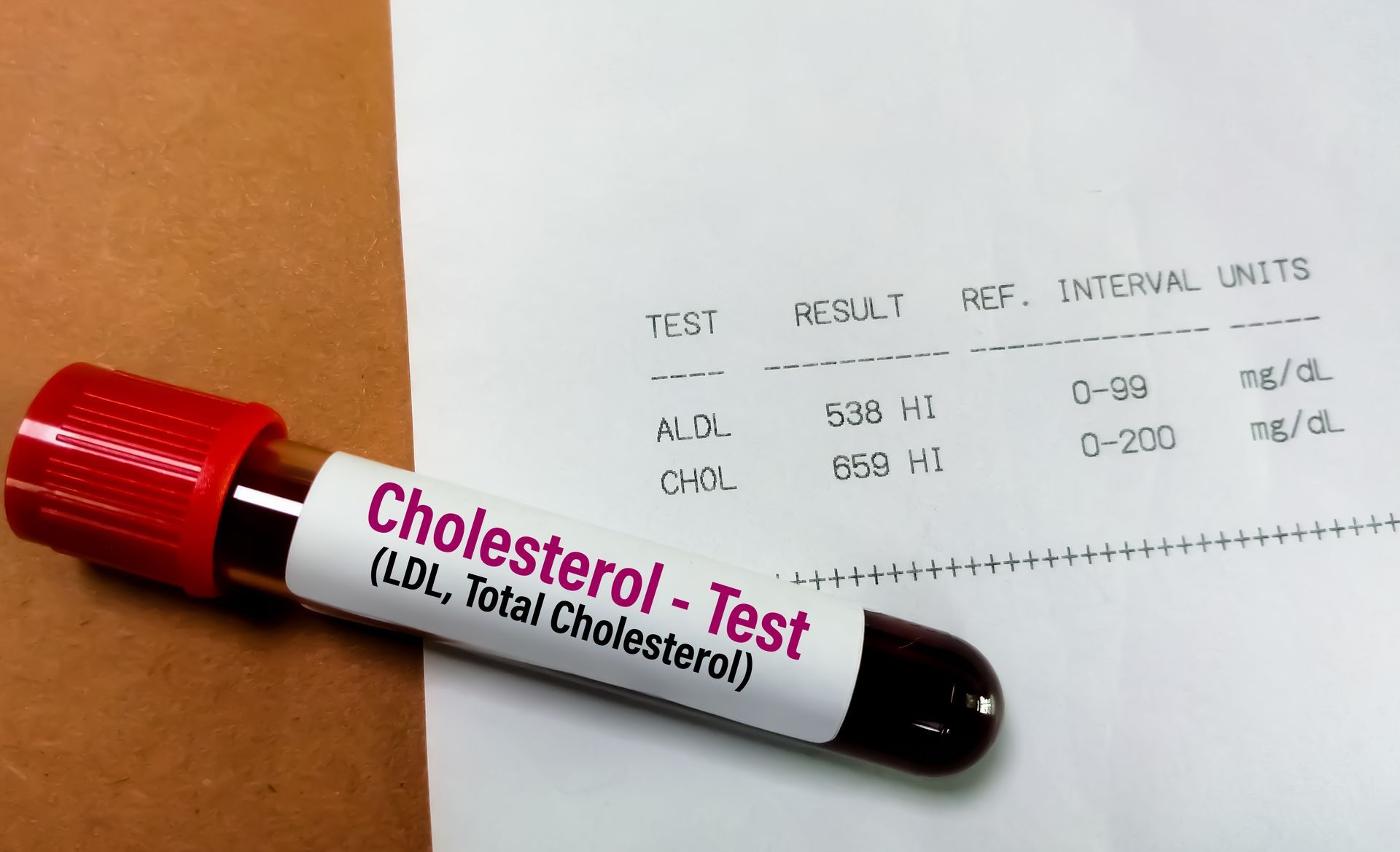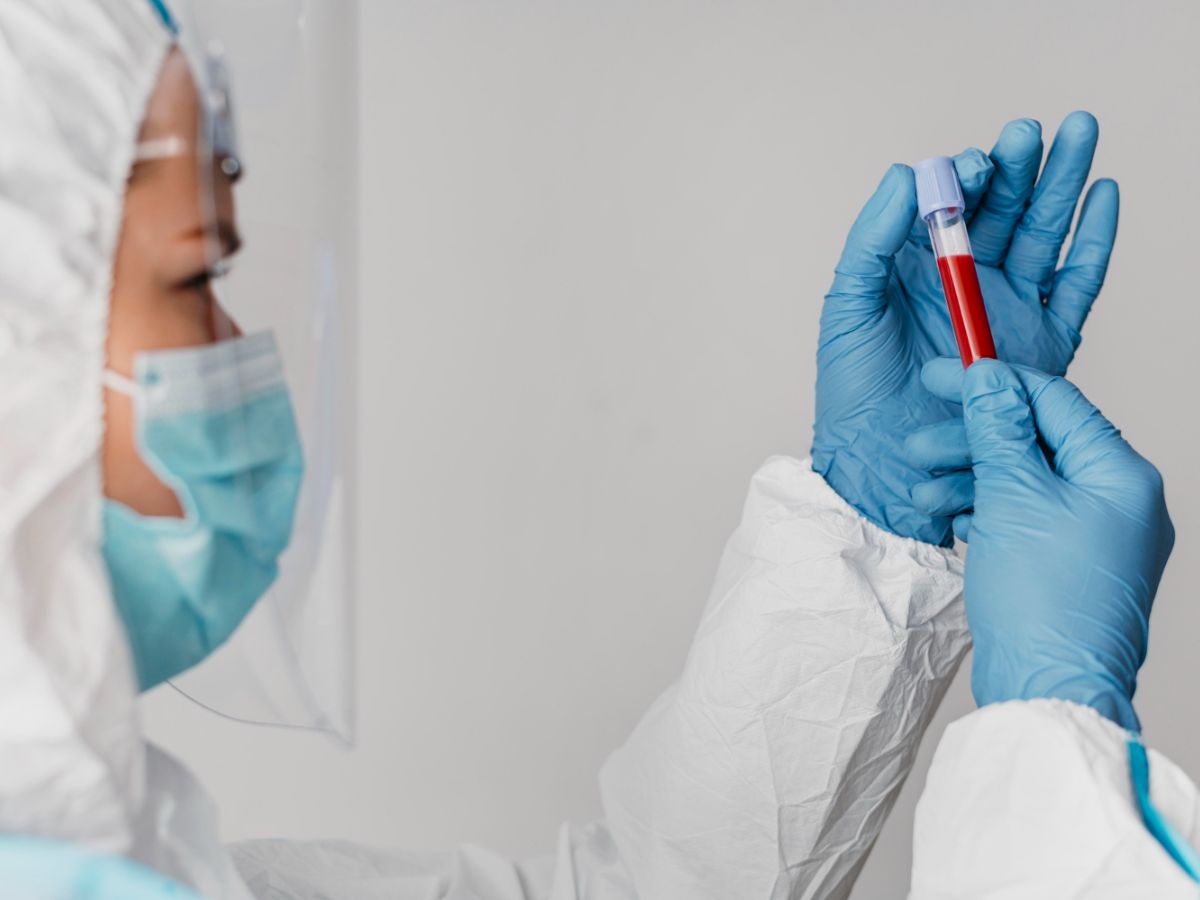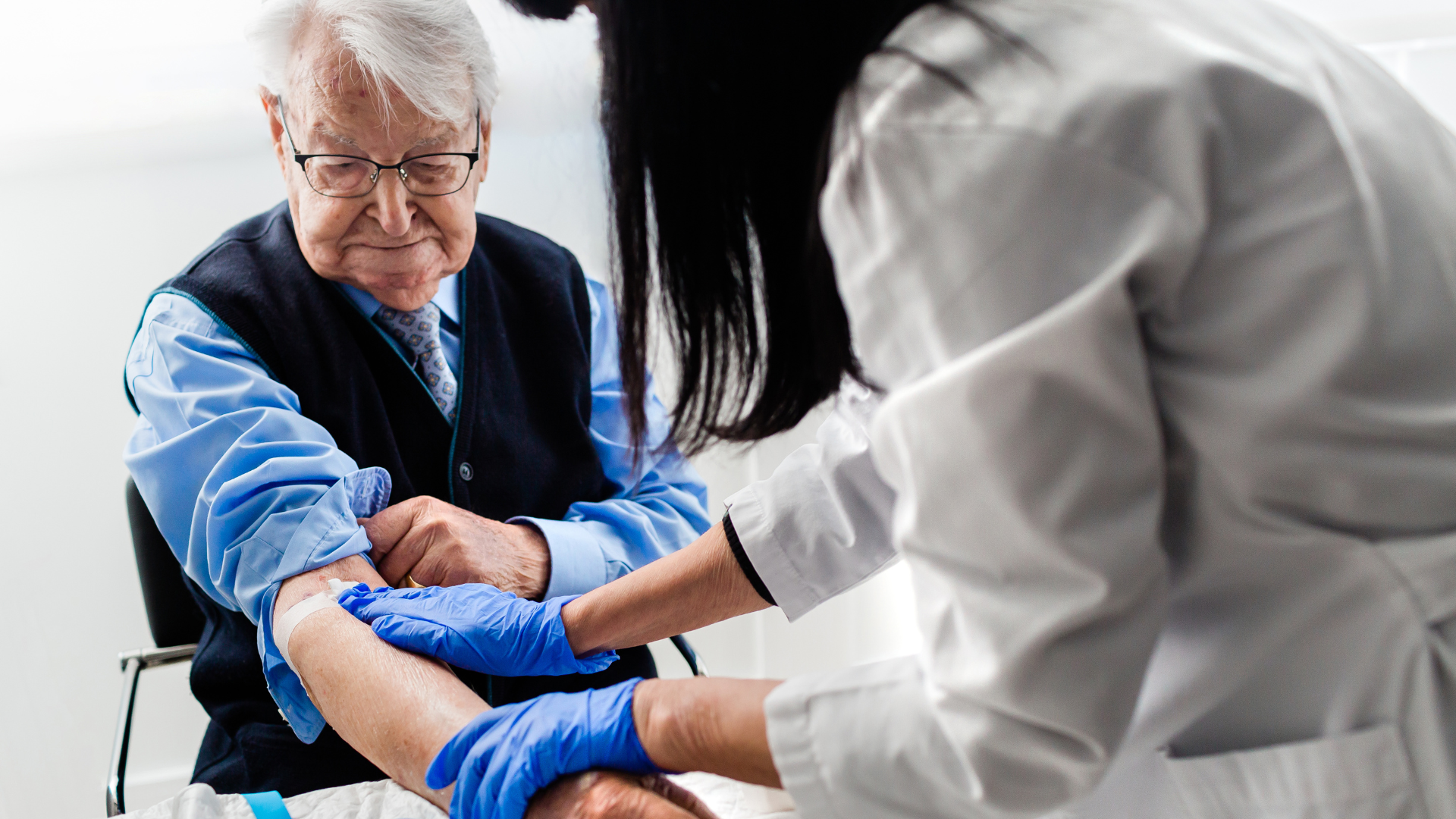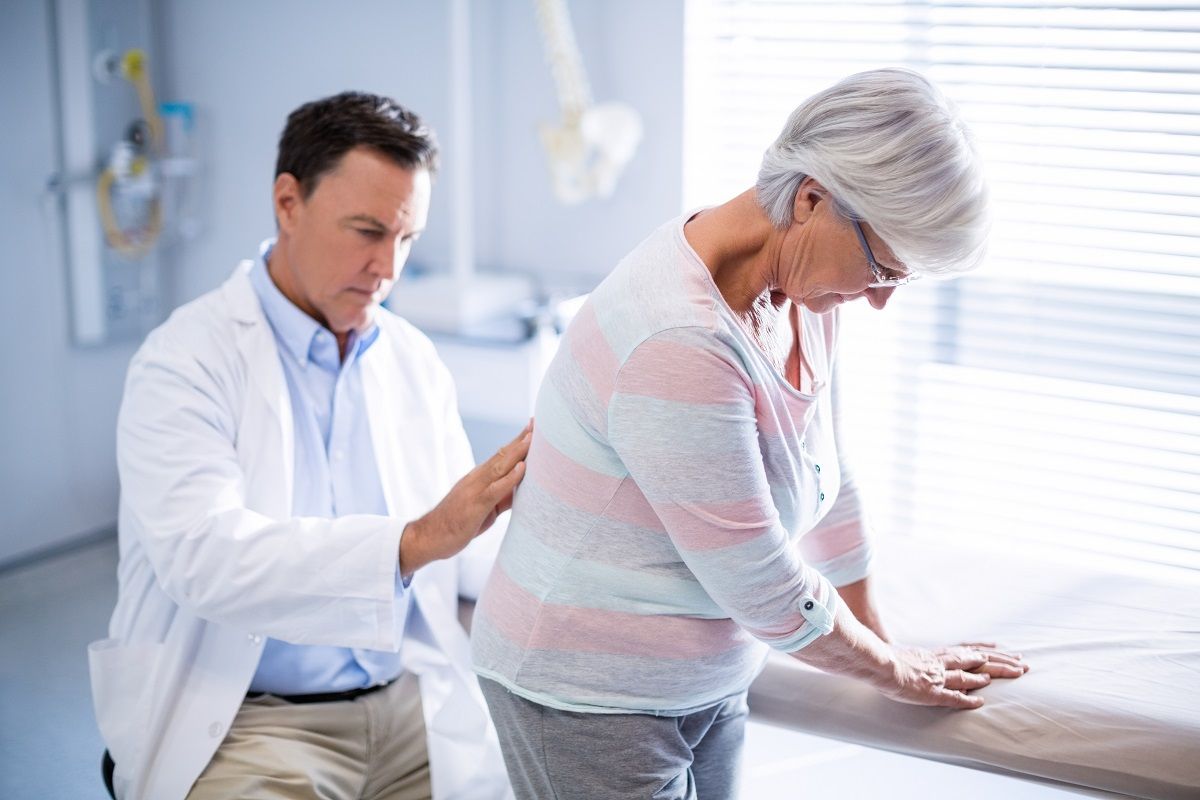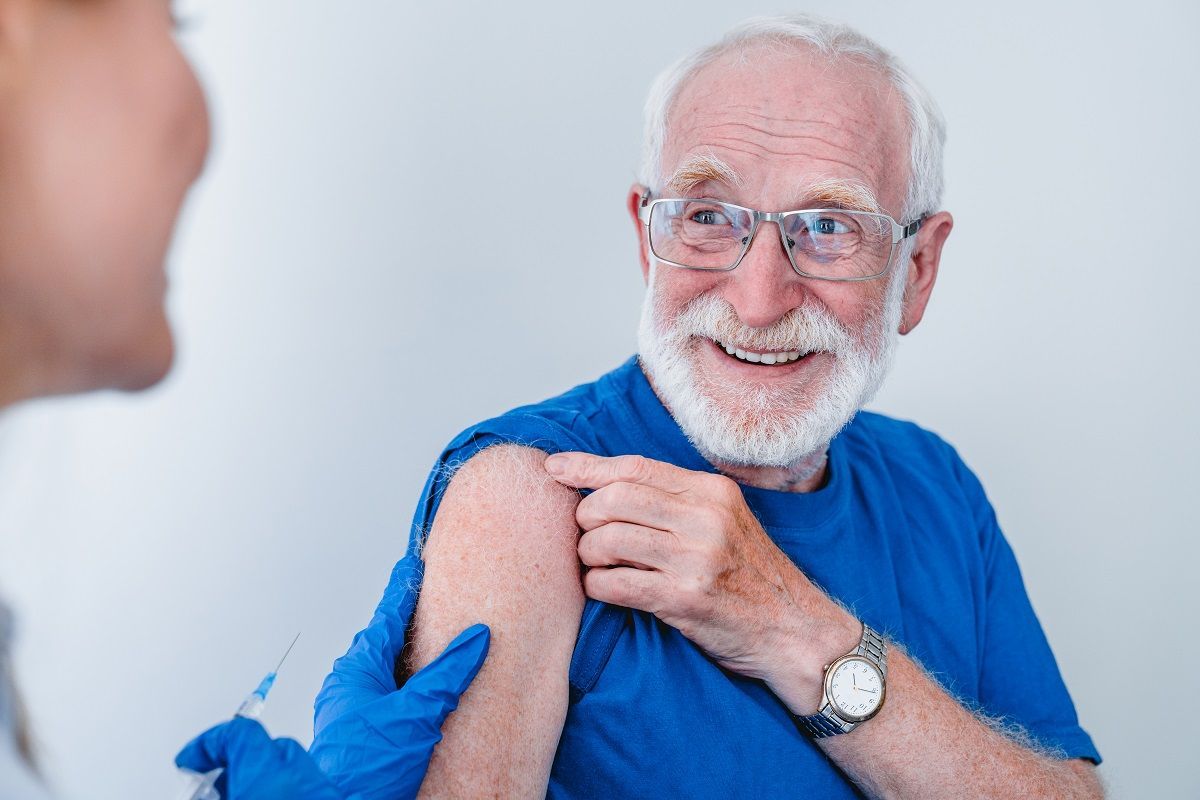Our Location
Elige tu idioma:
Managing Pain as You Age
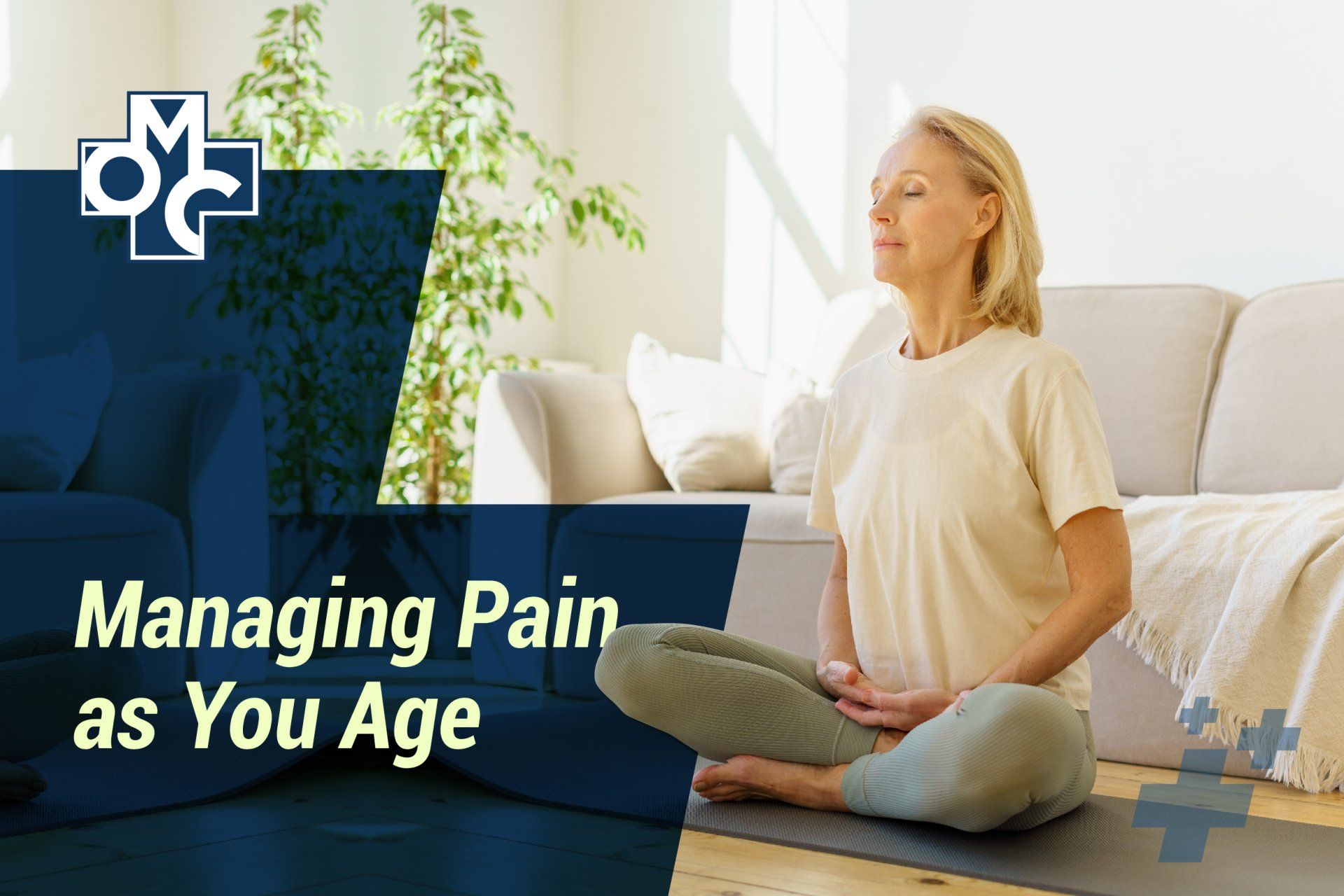
Pain is a common problem and becomes more prevalent as we grow older. Strenuous activities often result in body aches and pains. However, it's more risky and dangerous for older adults as it may be due to an underlying medical condition. That's why managing pain effectively should be a priority, especially for older people.
Types of Age-Related Pains as You Age
Whenever we are dealing with a throbbing elbow or a tendency to pull muscles, knowing their underlying cause is the key to handling it. Here are different types of age-related pains that we encounter as we grow older:
1.Degenerative Disc Disease
The aging population is more susceptible to degenerative disc diseases. It occurs when the neck and lower back disks degenerate, and the soft material inside may bulge out or rupture, pressing on neurons or the spinal cord. Moreover, it's the most common cause of low back and neck pain. Degenerative disc disease can cause numbness, weakness, and sharp, shooting pain in the arms or legs. People become more subject to it once they reach their 60s.
2. Arthritis
Arthritis is a musculoskeletal condition that causes breaking down of joints, stiffness, and inflammation—the two main types of arthritis in the elderly: osteoarthritis and rheumatoid arthritis.
Osteoarthritis is the leading cause of physical disability in older adults. It affects both men and women. When the cartilage that cushions the ends of bones within the joints breaks down, it causes osteoarthritis. Symptoms include:
- Swelling and tenderness in the joints.
- Stiffness after waking up.
- Bone friction that causes a crunching sound.
In men, osteoarthritis is more prevalent before age 45. After age 45, osteoarthritis is more common in women.
The condition of rheumatoid arthritis (RA) causes swelling, stiffness, and a loss of joint function. It commonly affects joints in the hands, wrists, and knees. According to the Centers for Disease Control and Prevention (CDC), RA can affect more than just the joints and cause extreme discomfort in organs such as the eyes, lungs, and heart. Rheumatoid arthritis is prevalent in people 65 years and older.
3. Headaches
According to the National Library of Medicine (NLM), headaches continue to be a common neurologic problem in the elderly. Also, unstable blood pressure can be another cause. But when you have frequent headaches, you better consult a physician. It may indicate something serious.
Meanwhile, headaches that connect to stress may indicate a need for lifestyle changes. If headaches persist, an eye exam or dental checkup might be necessary.
4. Osteoporosis
Osteoporosis refers to brittle and weak bones that can fracture easily even after minor trauma such as falling over or coughing. It usually targets bones in the hip, wrist, or spine. During childhood, we build bone mass by replacing lost bone faster than we break it down. The process slows down with age, and we lose more bone mass than we replace, eventually reducing our bone density. Fragile bones suffer fractures often and can't heal quickly.
A recent study by the National Osteoporosis Foundation (NOF) found that about one in two women and four men aged 50 and over have osteoporosis.
Other sources of pain for seniors include joint pains, muscle strains, leg pain, and mental shocks from fractures and falls. As we age, the risk of chronic pains rises. These aging pain-related illnesses tend to flare up after the age of 60.
Pain Management Tips
The healthcare community suggests that everyone deserves adequate pain management that enhances the quality of life while carrying out daily activities. So, better start your journey early in managing pain to live healthier!
In managing your day-to-day pain, you play the most crucial role. Below are seven self-management strategies for managing pain:
1.Make Your Eating Lifestyle Healthy
An increasing number of older adults are at risk of nutritional deficiency due to physical changes and a decreased appetite. Consume foods rich in healthy fats, calcium, and vitamin E to keep your bones and joints healthy. Fish, peanut butter, avocados, and almonds contain good fats, and vitamin E. Reduce the consumption of sugary and fatty foods, which cause inflammation and weakens the immune system.
Vitamin D is necessary for calcium absorption. Take a supplement of vitamin D if you don't get much from sunlight. Eat fruits and vegetables that are rich in antioxidants. Also, eat enough lean meat to maintain muscle mass. These foods prevent cells from damage and keep your body healthy.
2. Indulge in Physical Exercises
Physical activity helps improve body function. Exercise boosts your immune system and allows your body to fight inflammation better. You might consider walking, swimming, or water aerobics. These movement exercises are all good options to help manage pain. For those with reduced mobility, there are group exercise programs available. You can also try stretching exercises. Stretching improves ligament flexibility, which helps ease joint aches and pains.
3. Get Plenty of Sleep
The most effective way to eliminate pain and aches is by getting enough rest. Sleep also improves memory and concentration as you age. It would help if you tried to sleep for at least seven and a half to nine hours every night. Talk to your doctor if you have sleeping issues to figure out the underlying cause. Symptoms of sleep apnea sometimes are the root of this.
4. Try Cognitive Behavioral Therapy
Cognitive Behavioral Therapy can help you understand how you think about pain and, in turn, how to feel and behave in response to it. Thus, it can be an effective strategy for self-managing pain.
5. Acupuncture
In Chinese medicine, acupuncture plays an integral role. By injecting thin needles into specific body points, it releases endorphins to relieve pain and restore energy balance. The effectiveness of acupuncture varies from person to person. Still, many people say that it treats pain and allows them to maintain function.
6. Consider Taking Pain Medicines
Pain medicines work in different ways. Treating pain may include the prescription of pain medication. For example, antidepressants and anticonvulsants can treat neuropathic pain. Several kinds of pain medicines can work with joint pains or pain that persists. To choose the safest, most effective pain relief option, make sure you talk to your doctor or other health professionals first.
7. Encourage Self-Care
When we grow older, it is not inevitable to feel lonely or sad because of life changes and health issues. Taking good care of yourself may improve your lifestyle habits, your motivation for getting up in the morning, and your overall well-being.
Take good care of yourself by:
- To uplift your spirits, keep in touch with family, friends, or former colleagues.
- Consult your physician regularly regarding any health concerns.
- Keep yourself active and social by engaging in a new hobby or volunteering.
- Spend time with the people you love.
Seize every moment! Become more active and stay positive.
Schedule an Appointment at Ocana Medical Center
Don't suffer from pain any longer. At Ocana Medical Center, we provide pain management solutions tailored to each patient's individual needs. We also offer you pain management solutions to improve your quality of life!
Ocana Medical Care, located in Tampa, FL, aims to bring you as much information as possible to keep you healthy. We’re in this together. #ocanacares
“Respect. Compassion. Quality. Integrity. These are the values on which Ocana Medical Center was built. Our aim isn’t just to treat you today. We hope to earn your trust and be your healthcare provider for life.”
©2023 Ocana Medical Group, Inc.
USEFUL LINKS
GET IN TOUCH
Call Us Today
Send us Email
Our Location
Ocana Medical Center | All Rights Reserved.



